New and improved model: Audi set to release the latest Q7 this year
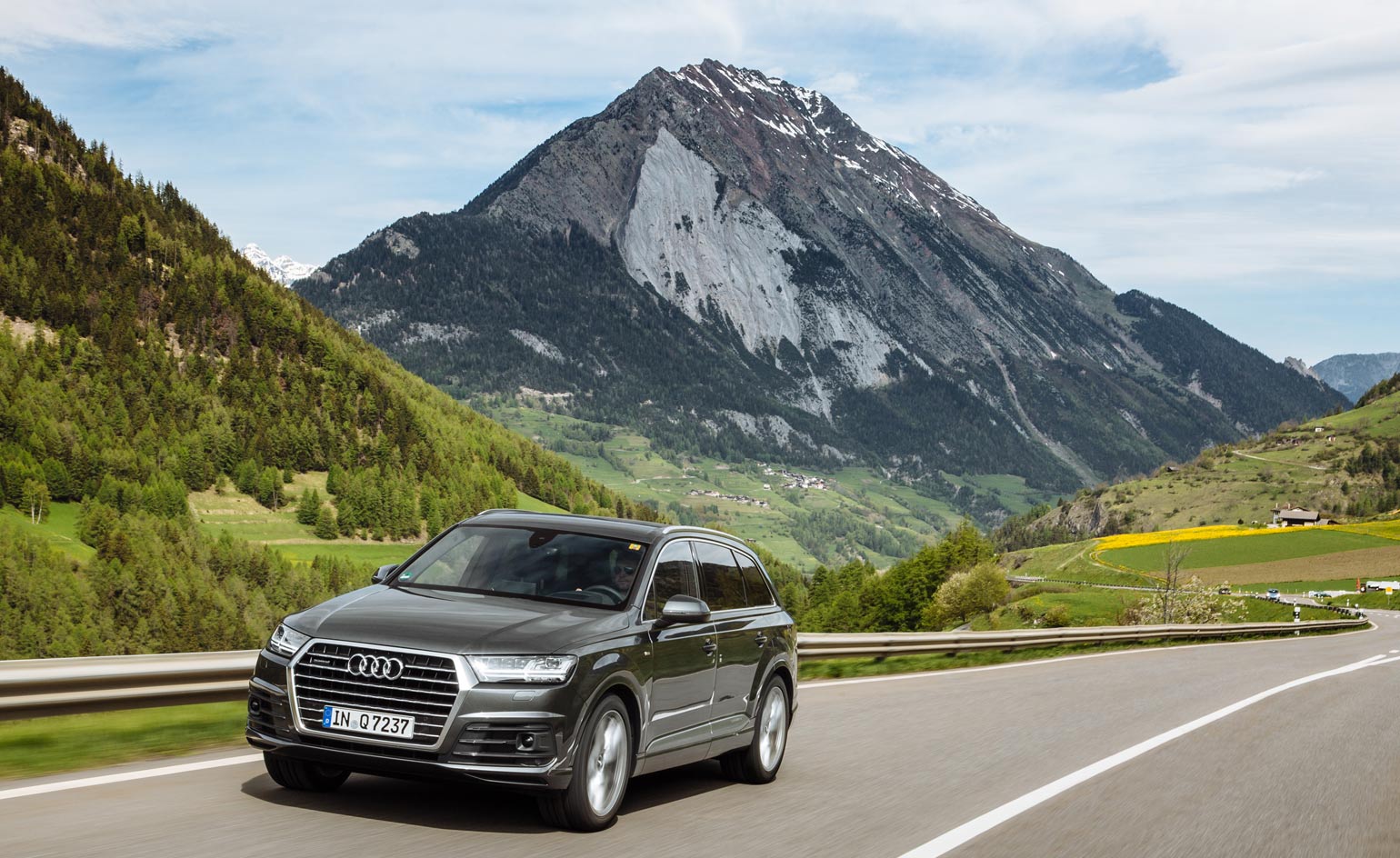
The second-generation Q7 has been awhile coming - the first one launched in 2006 - but Audi has taken the time to put its large SUV on a serious weight loss programme, improve its fuel economy and emissions, digitally-enhance its interior and offer a catalogue of hi-tech safety options.
Where the first model's design pushed a coupe-crossover exterior aesthetic with a slim window graphic and sloping roofline to hide the vehicle's five-metre-plus length, the brief to its designers for the mk2 model was to find a more SUV-like silhouette appearance - to distance it further from Audi's large Allroad and Avant estate models. Together with this boxier and more horizontal approach, the new Q7 sports a more three-dimensional and angular, chrome-edged front grille too. The end result is subjective but either way, the mk2 is unlikely to be mistaken for the mk1.
Less subjective is the thoroughly modern interior that is as hi-tech and high quality as we've come to expect from Audi. Beyond the subtle combination of superbly fitted surfaces covered in leather and aluminium there are some genuinely excellent features. One example is the Q7's ability to display the navigation map across the whole driver display while reducing the size of the rev and speed dials within it for greater clarity. Although first shown on the mk3 TT in 2014, the Q7 goes one step further by replicating the infotainment on a separate centre screen so that passengers can also get visual confirmation of their MMI controller inputs without having to lean over the driver's shoulder (as on the TT). Apple CarPlay or Google Android Auto software - where the car's centre-screen mirrors those smart phones' interfaces and can be used in the same way - will be an option later in the year. The second-row seats can now fit three separate child seats (should you be procreating with such frequency or carrying the offspring of those who do) and also move fore and aft to give extra room for the now electrically operated, but still small, third-row. If that third row is not required the seats stow neatly into the load floor, and if major haulage is required, the second row can fold down to give a large 1995-litre maximum luggage capability.
Kudos should also go to Audi for shedding up to 325kg - or three very large men - from its kerb weight by optimising lighter aluminium and hi-strength steel wherever possible (it's even got an aluminium brake pedal). Although still a two-tonne-plus vehicle in the seven-seat version standard in the UK, economy and emissions are improved by almost 30 per cent. The UK dropped the old model's petrol engine in 2012 (due to dwindling demand) so the mk2 range starts for now with the 272hp 3.0 TDI diesel unit offering 47.9mpg and 153g/km of CO2 from £50,340. A lower-power 218hp 3.0 TDI (52.3mpg and 144g/km) arrives in the autumn from circa £48,000 and a greener, but more expensive, third option - the 373hp, 166mpg and sub-50g/km CO2 eTron plug-in diesel hybrid - goes on sale at the end of 2015.
Audi makes no pretence that its Q7 is a serious off-roader but it is more than capable on it. The 272PS 3.0 TDI quattro rapidly propelled the SUV up various steep inclines on its mountainous Verbier test route and also had sufficient stability control to feel secure and comfortable through twisty corners. The lower-power 218PS 3.0 TDI was noisier paddling through the eight-speed automatic gearbox, but more than able too. Standard all-wheel drive and decent ground clearance should allow both to traverse gravel, grass and sandy 'soft-road' conditions with ease.
No world firsts are claimed for the mk2 Q7 but Audi does say it has 'the world's largest offering of driver assistance systems in the segment.' The 'exit warning' system is one of the better ones, alerting occupants of oncoming but unseen cars or cyclists, by flashing lights in the wing mirror and turning interior light strips from blue to red if they start to open the Q7's big doors into other road users paths.
All in all, the latest Q7 moves the game on in technology and interior quality. But if you like what you hear and see, perhaps wait until later in 2015 to investigate the Apple and Google-enabled versions and also the hybrid option, before making your final decision.
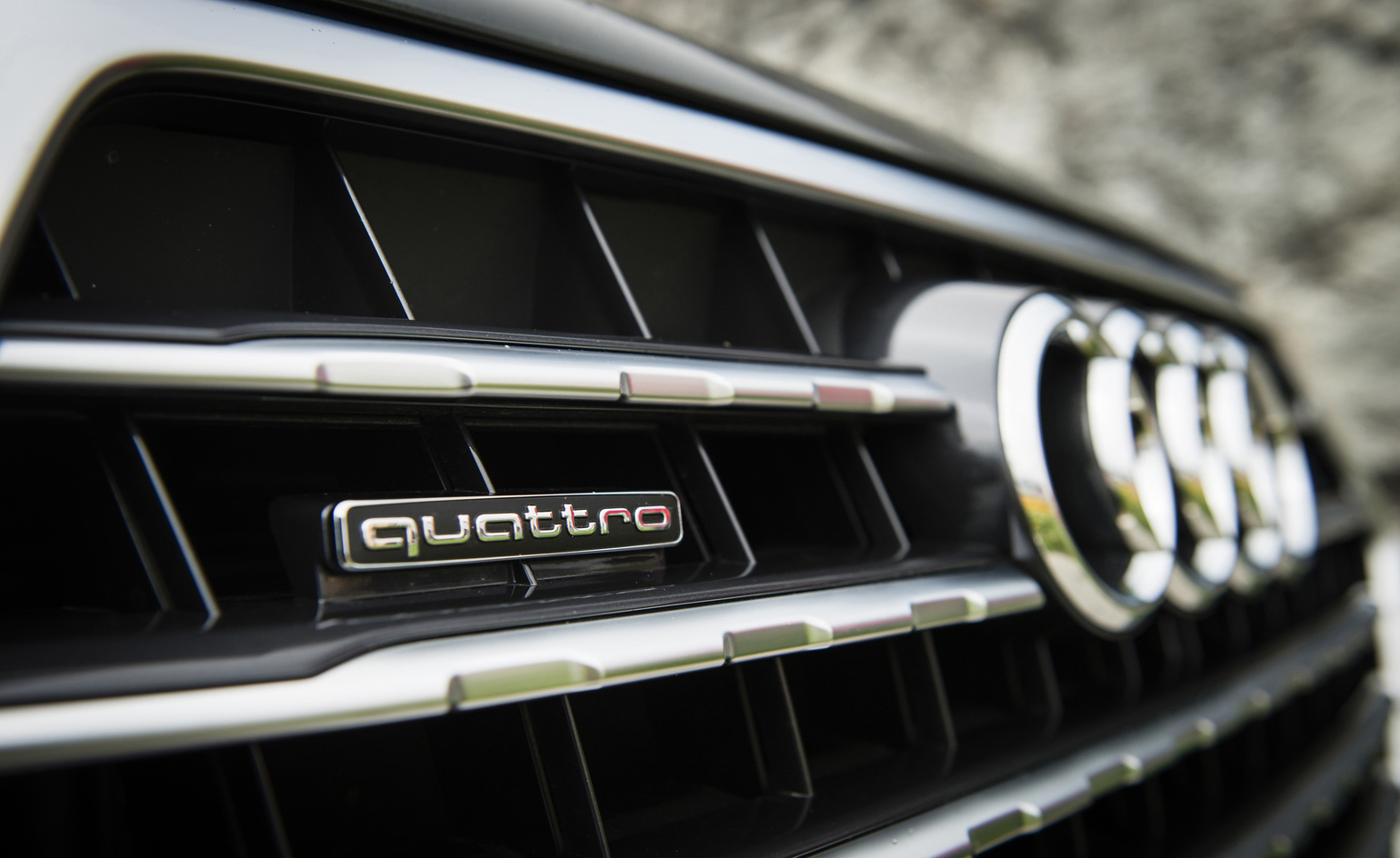
Together with this boxier and more horizontal approach, the new Q7 sports a more three-dimensional and angular chrome-edged front grille too
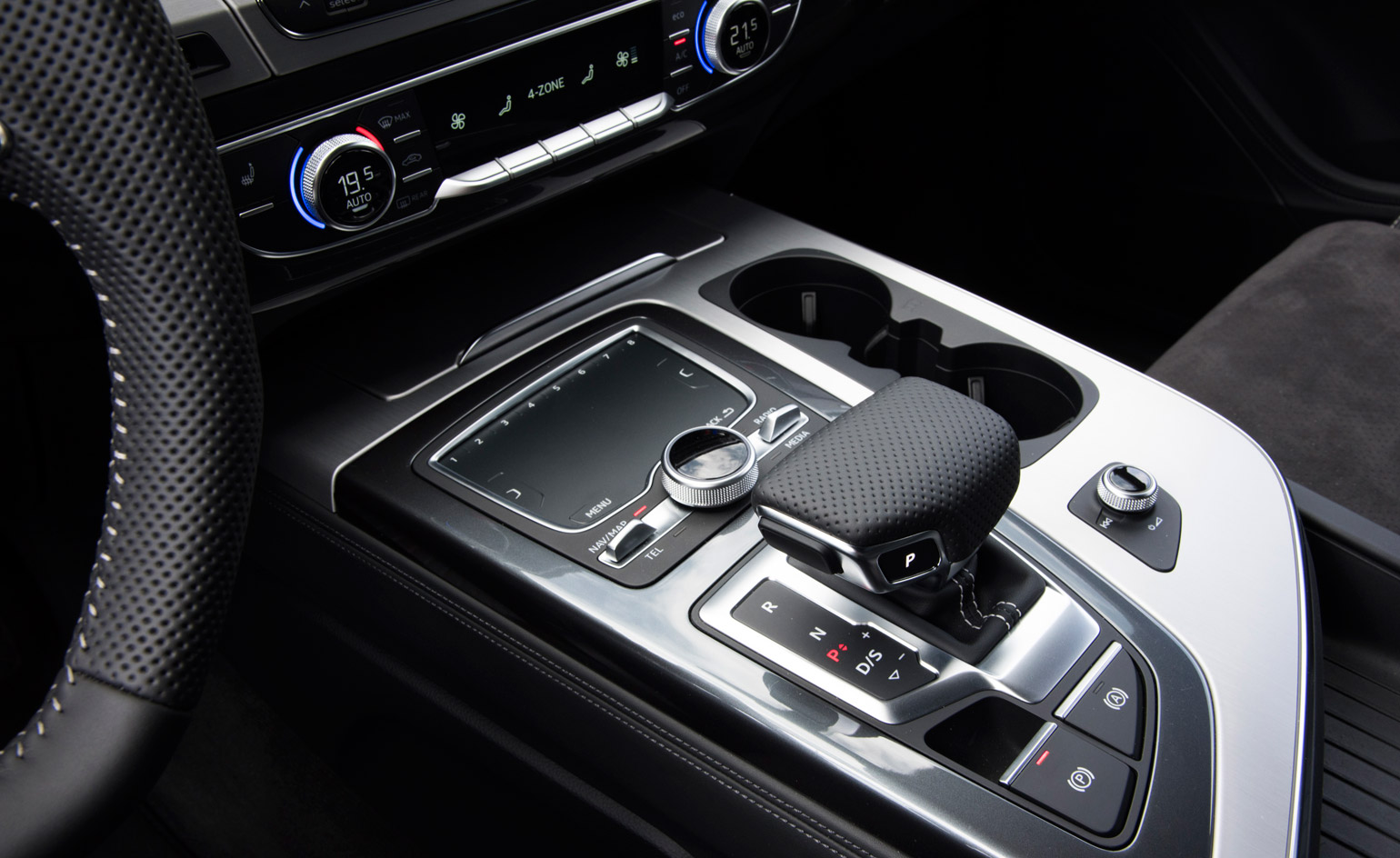
The new Q7 has a thoroughly modern interior that is as hi-tech and high quality as we've come to expect from Audi
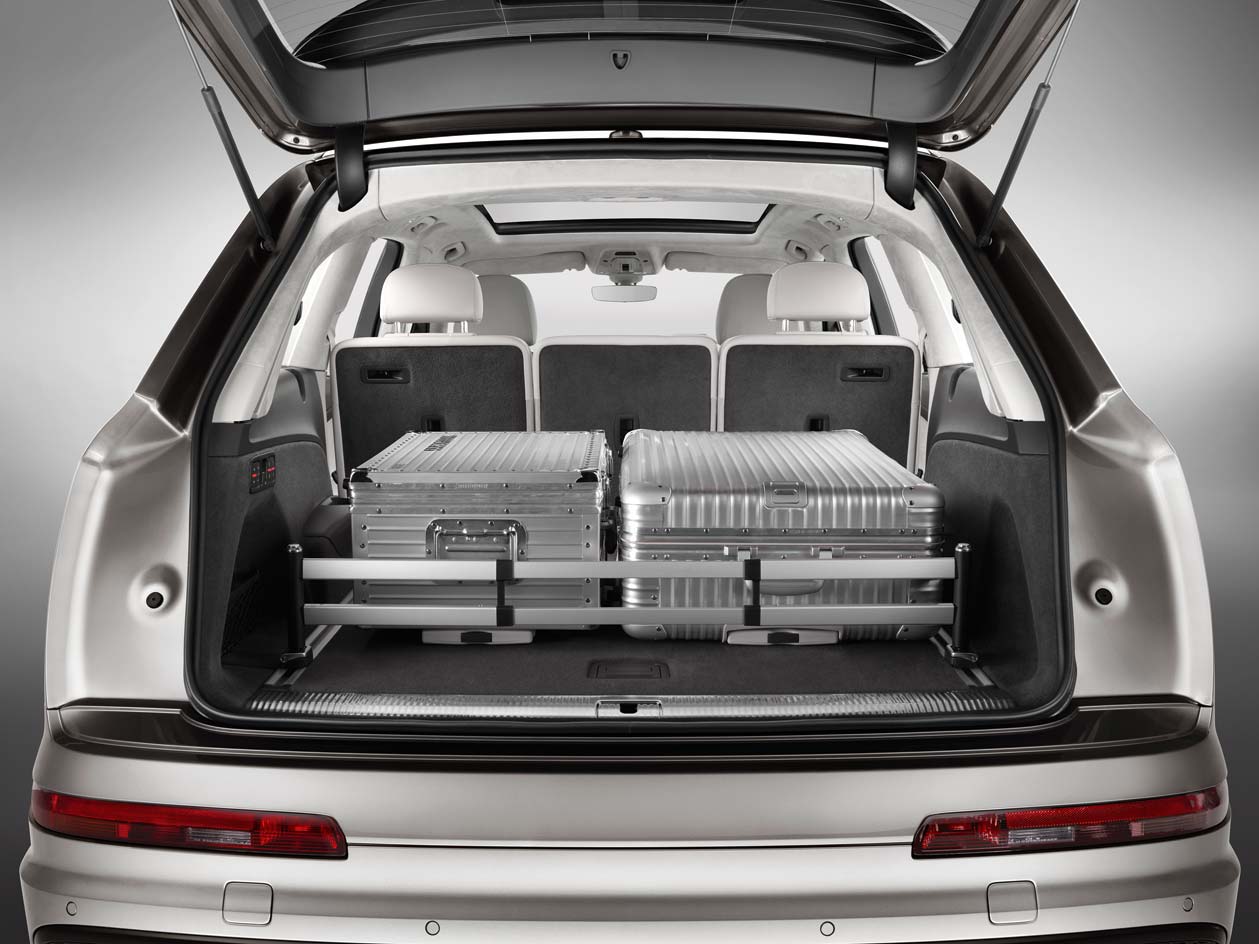
The third-row seating is electrically operated and stows neatly into the load floor if not required
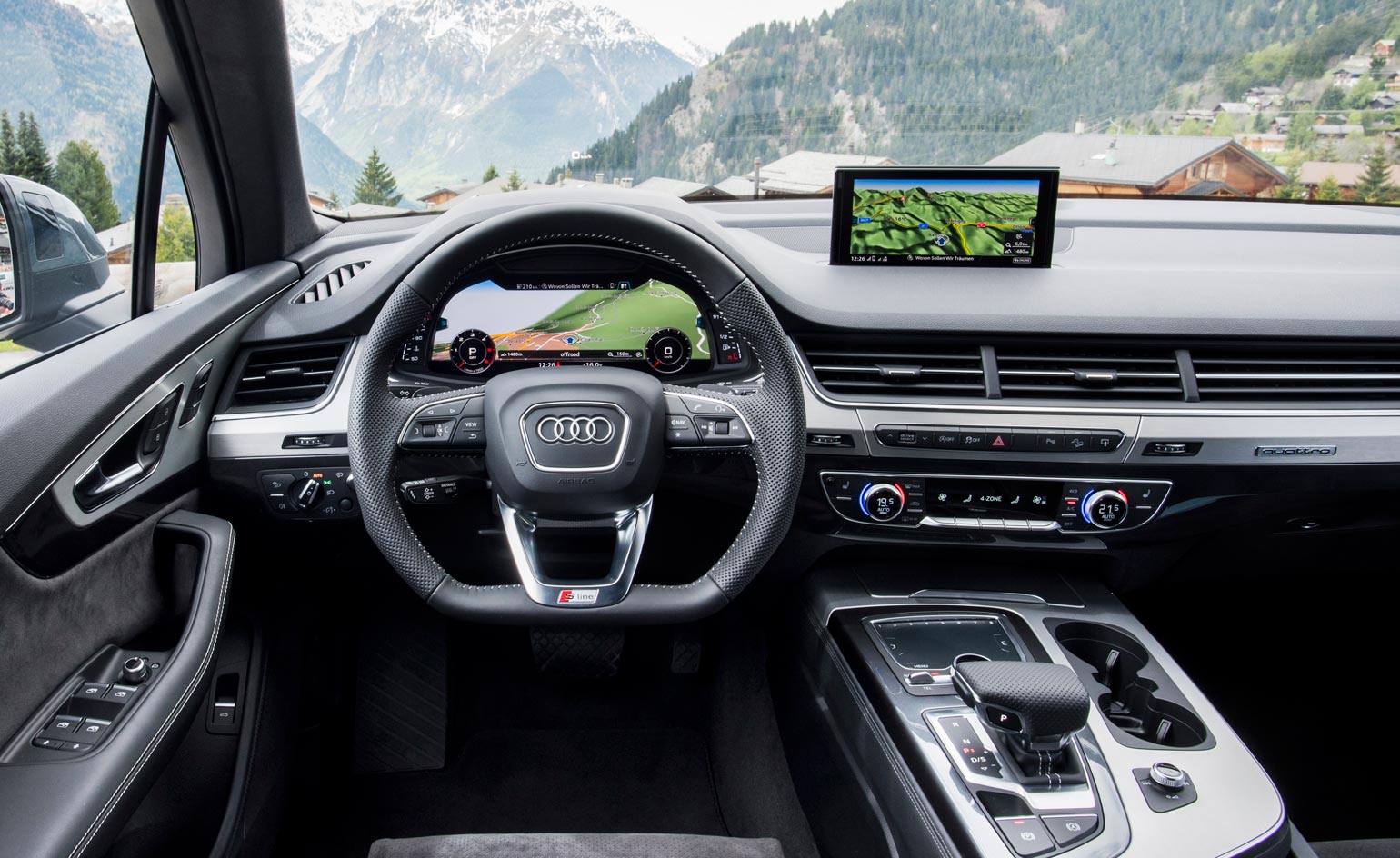
The display navigation map goes across the whole driver display while reducing the size of the rev and speed dials within it for greater clarity
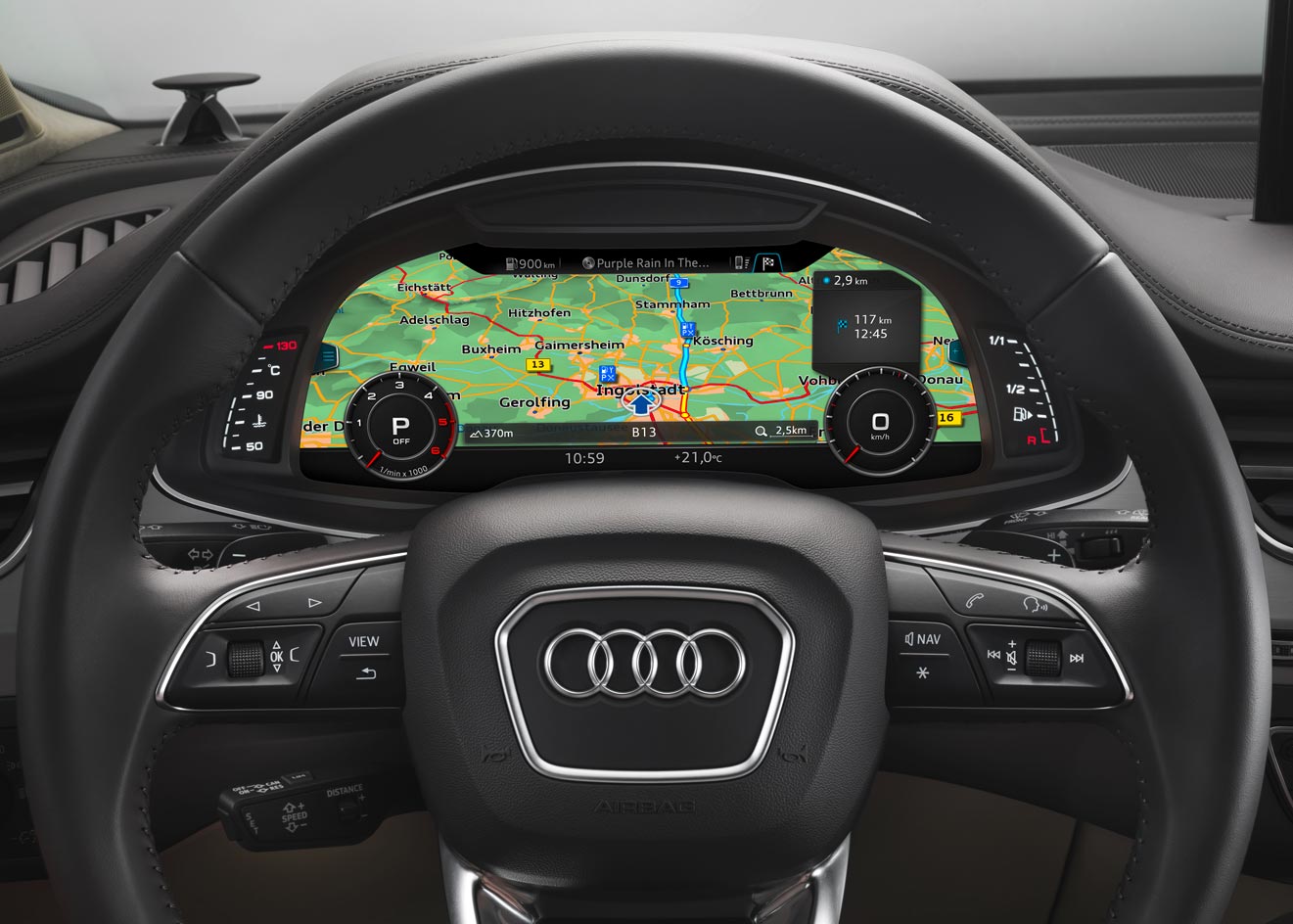
Apple CarPlay or Google Android Auto software - where the car's centre-screen mirrors those smart phones' interfaces and can be used in the same way - will be an option later in the year
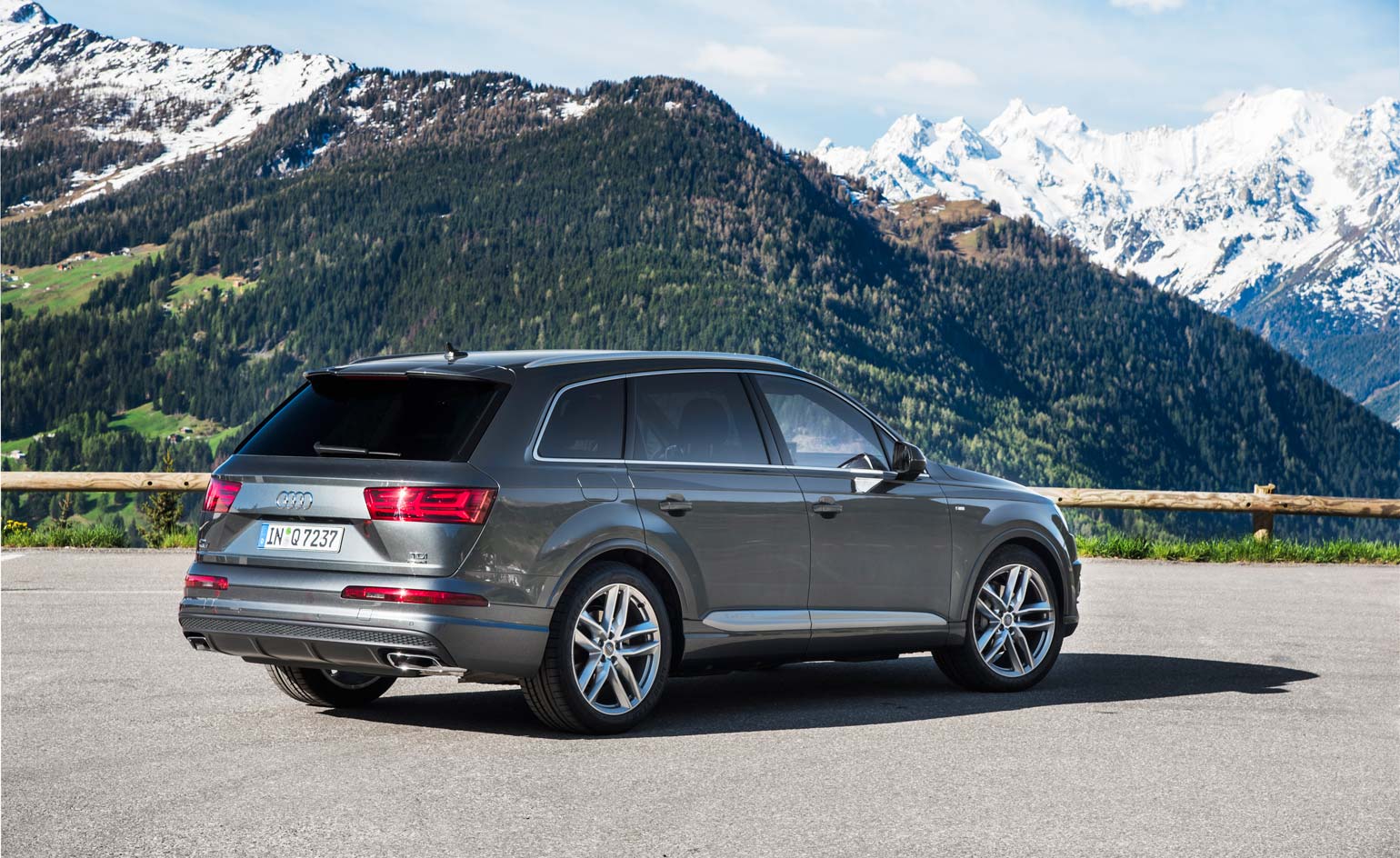
Kudos should also go to Audi for shedding up to 325kg from its kerb weight by optimising lighter aluminium and hi-strength steel wherever possible
Wallpaper* Newsletter
Receive our daily digest of inspiration, escapism and design stories from around the world direct to your inbox.
Guy Bird is a London-based writer, editor and consultant specialising in cars and car design, but also covers aviation, architecture, street art, sneakers and music. His journalistic experience spans more than 25 years in the UK and global industry. See more at www.guybird.com
-
 All-In is the Paris-based label making full-force fashion for main character dressing
All-In is the Paris-based label making full-force fashion for main character dressingPart of our monthly Uprising series, Wallpaper* meets Benjamin Barron and Bror August Vestbø of All-In, the LVMH Prize-nominated label which bases its collections on a riotous cast of characters – real and imagined
By Orla Brennan
-
 Maserati joins forces with Giorgetti for a turbo-charged relationship
Maserati joins forces with Giorgetti for a turbo-charged relationshipAnnouncing their marriage during Milan Design Week, the brands unveiled a collection, a car and a long term commitment
By Hugo Macdonald
-
 Through an innovative new training program, Poltrona Frau aims to safeguard Italian craft
Through an innovative new training program, Poltrona Frau aims to safeguard Italian craftThe heritage furniture manufacturer is training a new generation of leather artisans
By Cristina Kiran Piotti
-
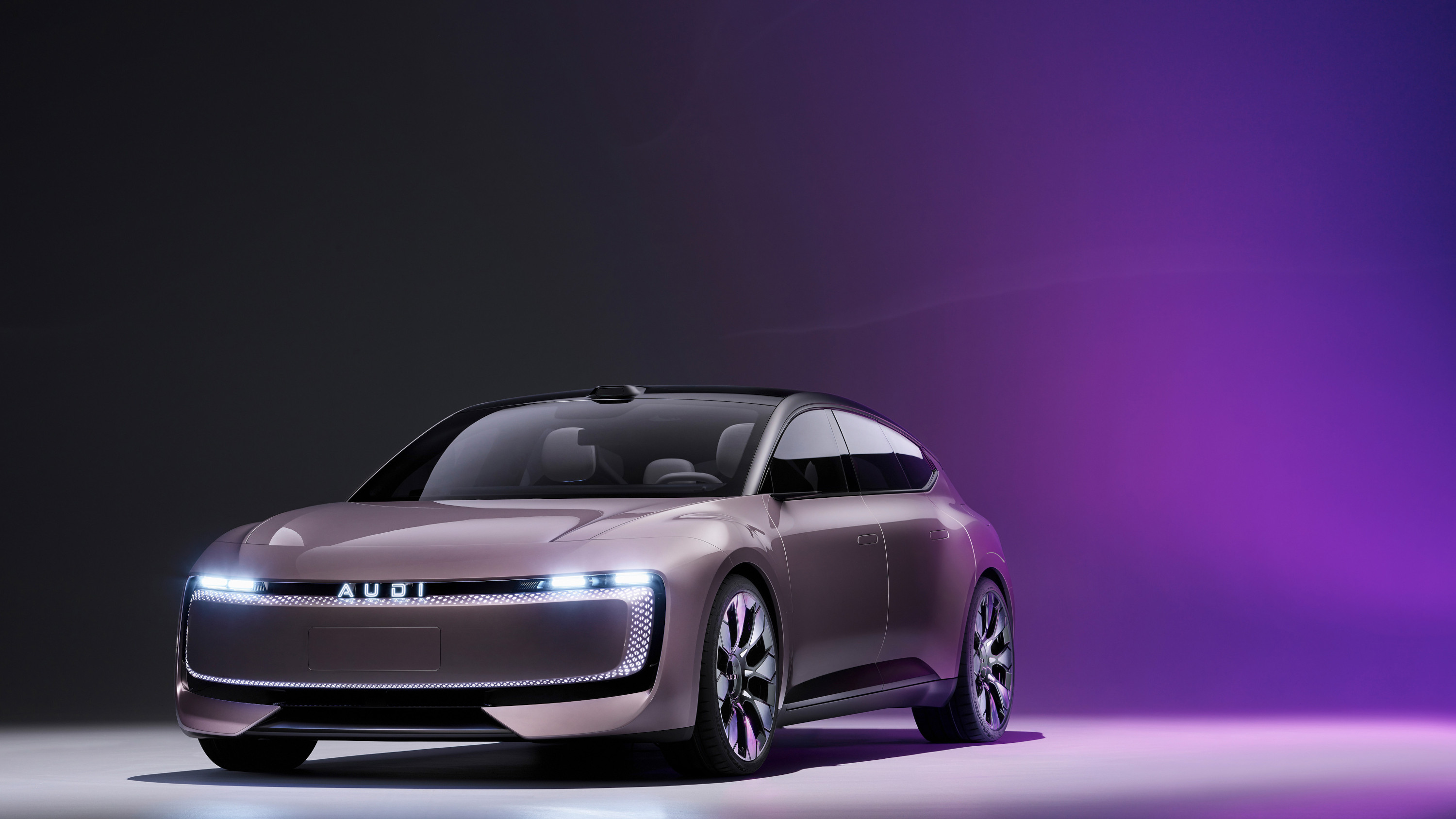 Audi launches AUDI, a China-only sub-brand, with a handsome new EV concept
Audi launches AUDI, a China-only sub-brand, with a handsome new EV conceptThe AUDI E previews a new range of China-specific electric vehicles from the German carmaker’s new local sub-brand
By Jonathan Bell
-
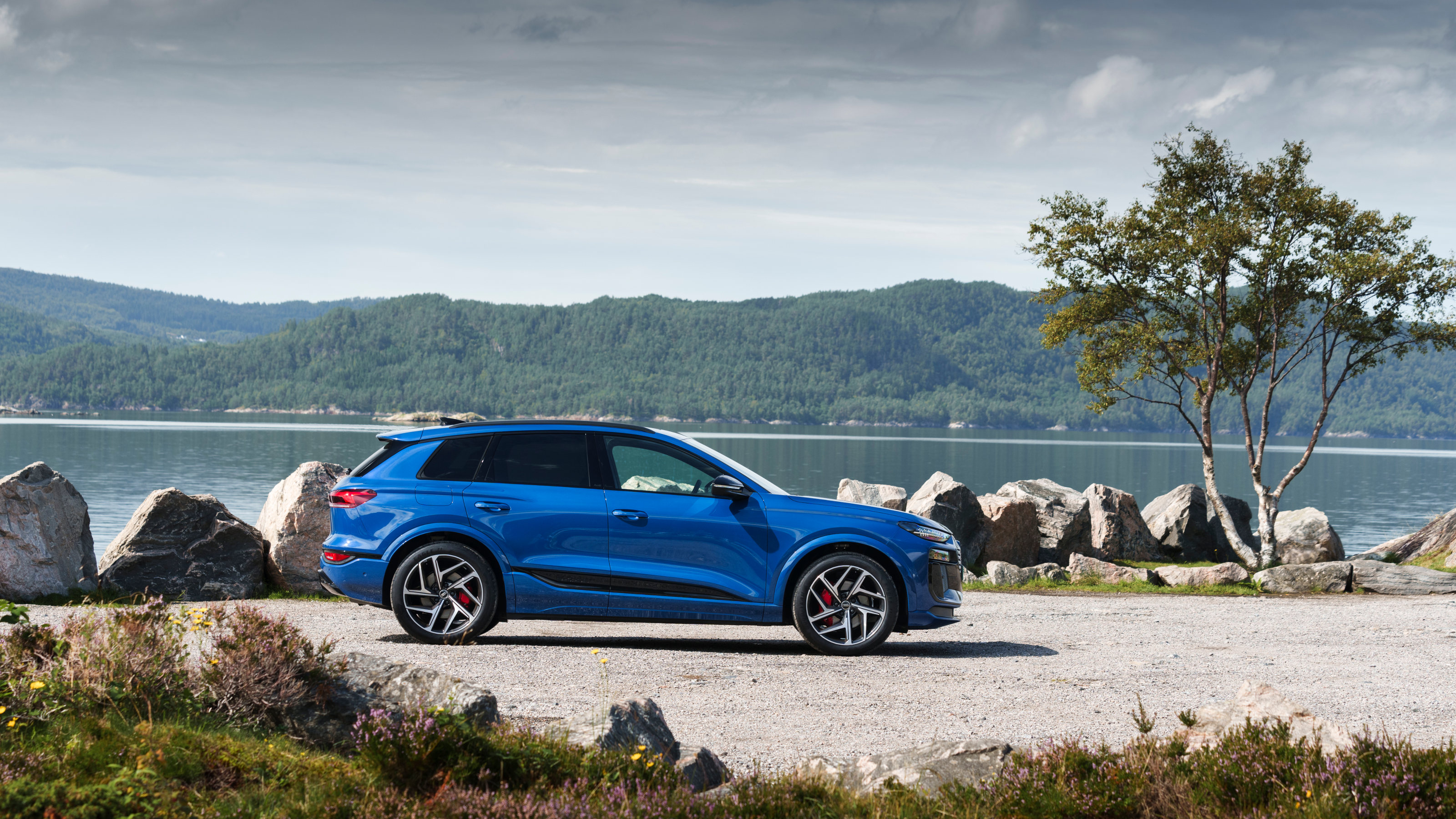 We take Audi’s new Q6 e-tron quattro around and across the fjords of Norway
We take Audi’s new Q6 e-tron quattro around and across the fjords of NorwayThe new Audi Q6 e-tron quattro is a pure EV that marks a new design direction for the German brand, setting new tech standards along the way. Transportation Editor, Jonathan Bell, takes it for a drive
By Jonathan Bell
-
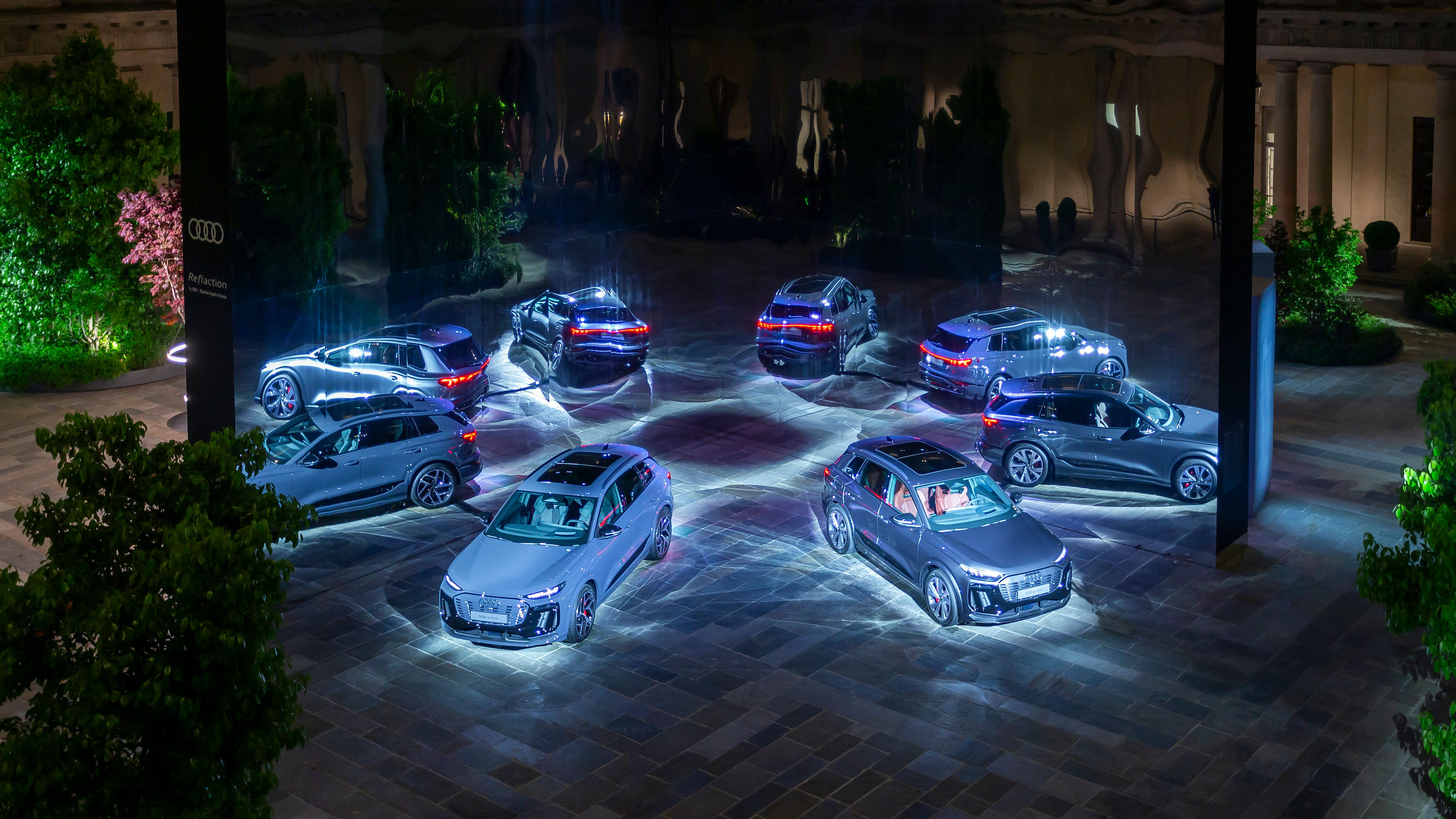 A deep dive into the new Audi Q6 e-tron, revealed at Milan Design Week 2024
A deep dive into the new Audi Q6 e-tron, revealed at Milan Design Week 2024The Audi Q6 e-tron is the brand's latest all-electric car, a stylish powerhouse launched at Audi’s House of Progress in Milan
By Shawn Adams
-
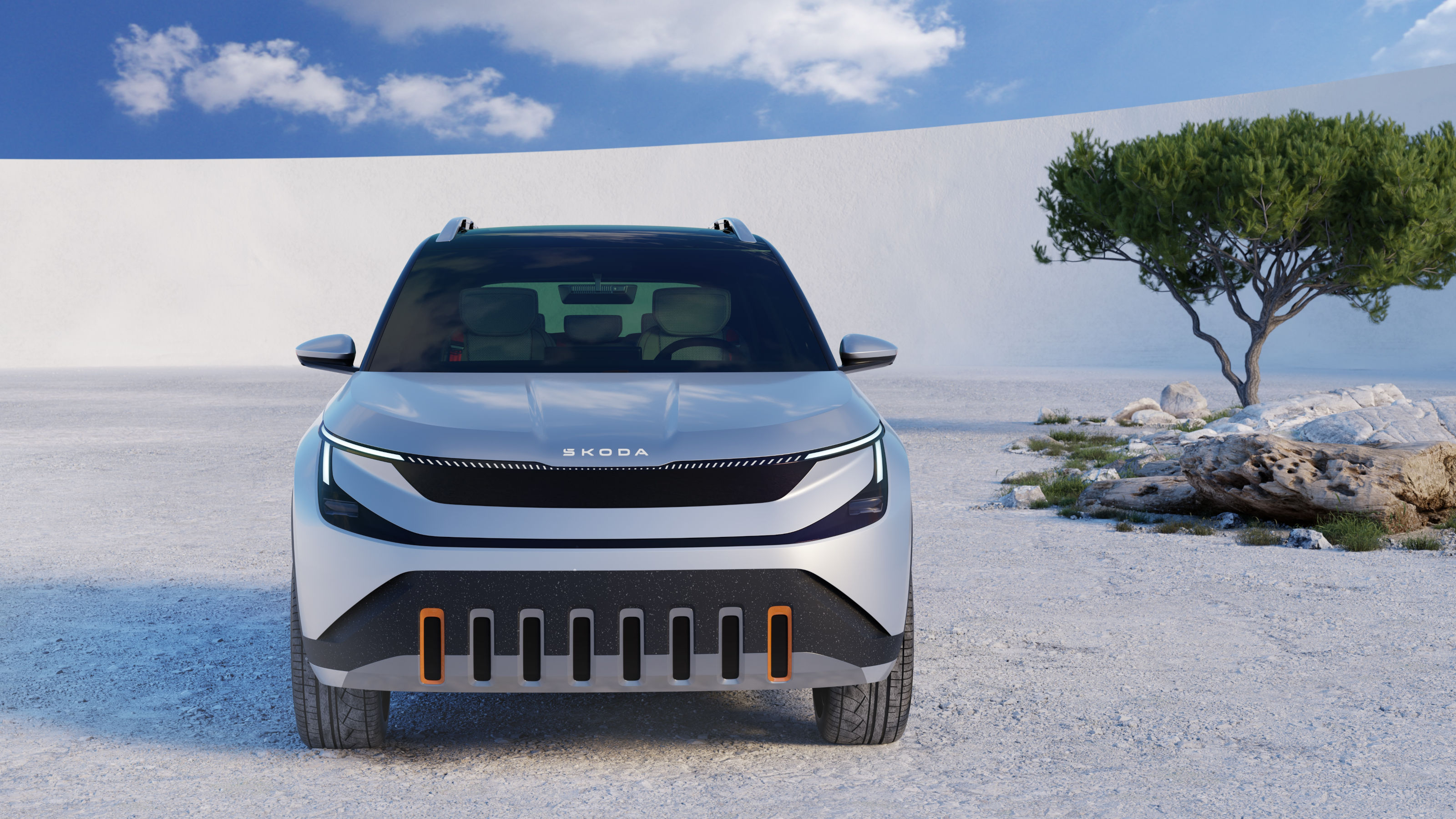 Coming soon: a curated collection of all the new EVs and hybrids that matter
Coming soon: a curated collection of all the new EVs and hybrids that matterWe've rounded up new and updated offerings from Audi, Porsche, Ineos, Mini and more to keep tabs on the shifting sands of the mainstream car market
By Jonathan Bell
-
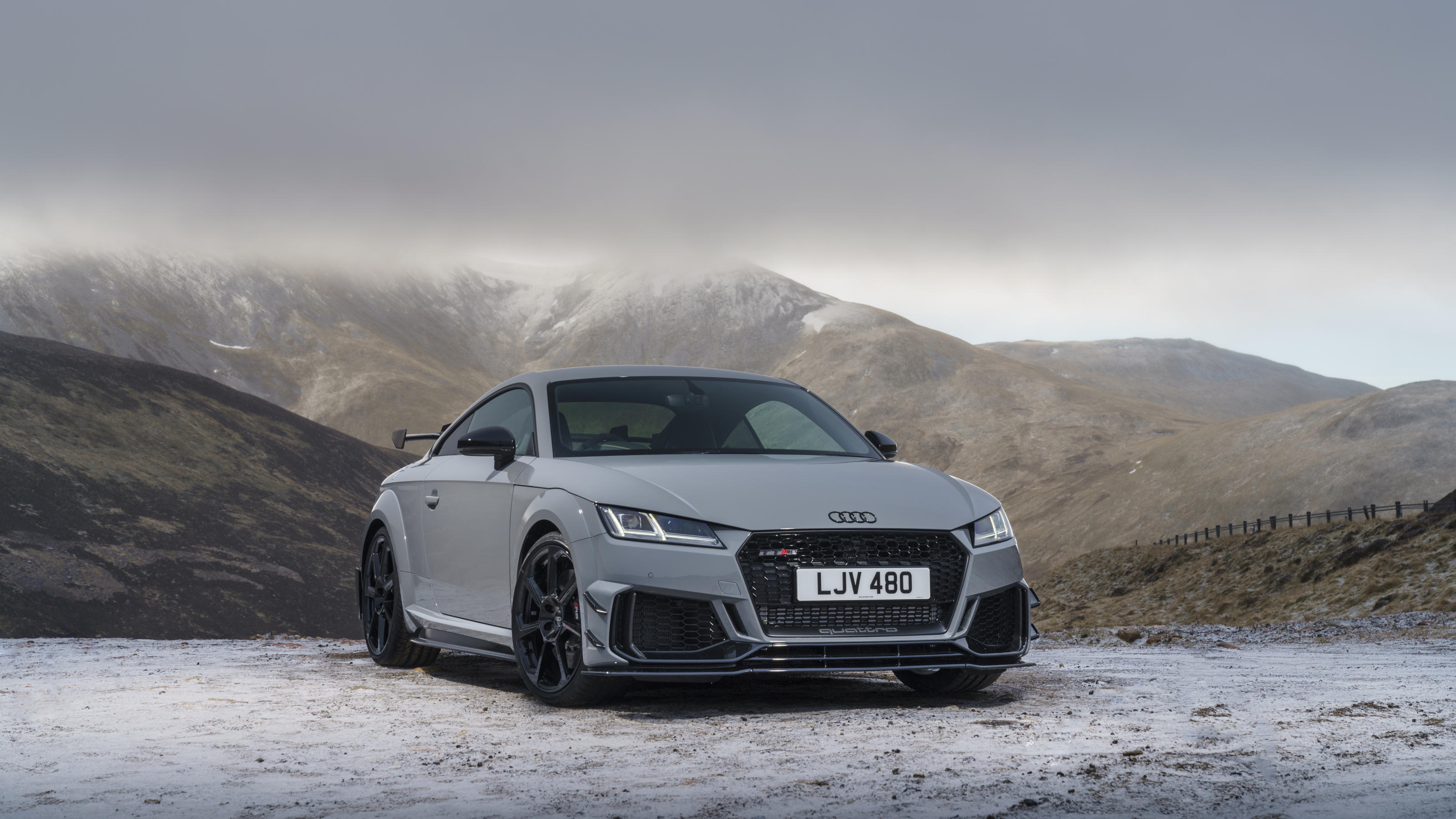 Farewell to the Audi TT, a design icon that evolved with the automotive landscape
Farewell to the Audi TT, a design icon that evolved with the automotive landscapeFor over 25 years, the Audi TT has been synonymous with the brand, a modern machine that initially favoured style over sport. The final editions are very different beasts to the original
By Jonathan Bell
-
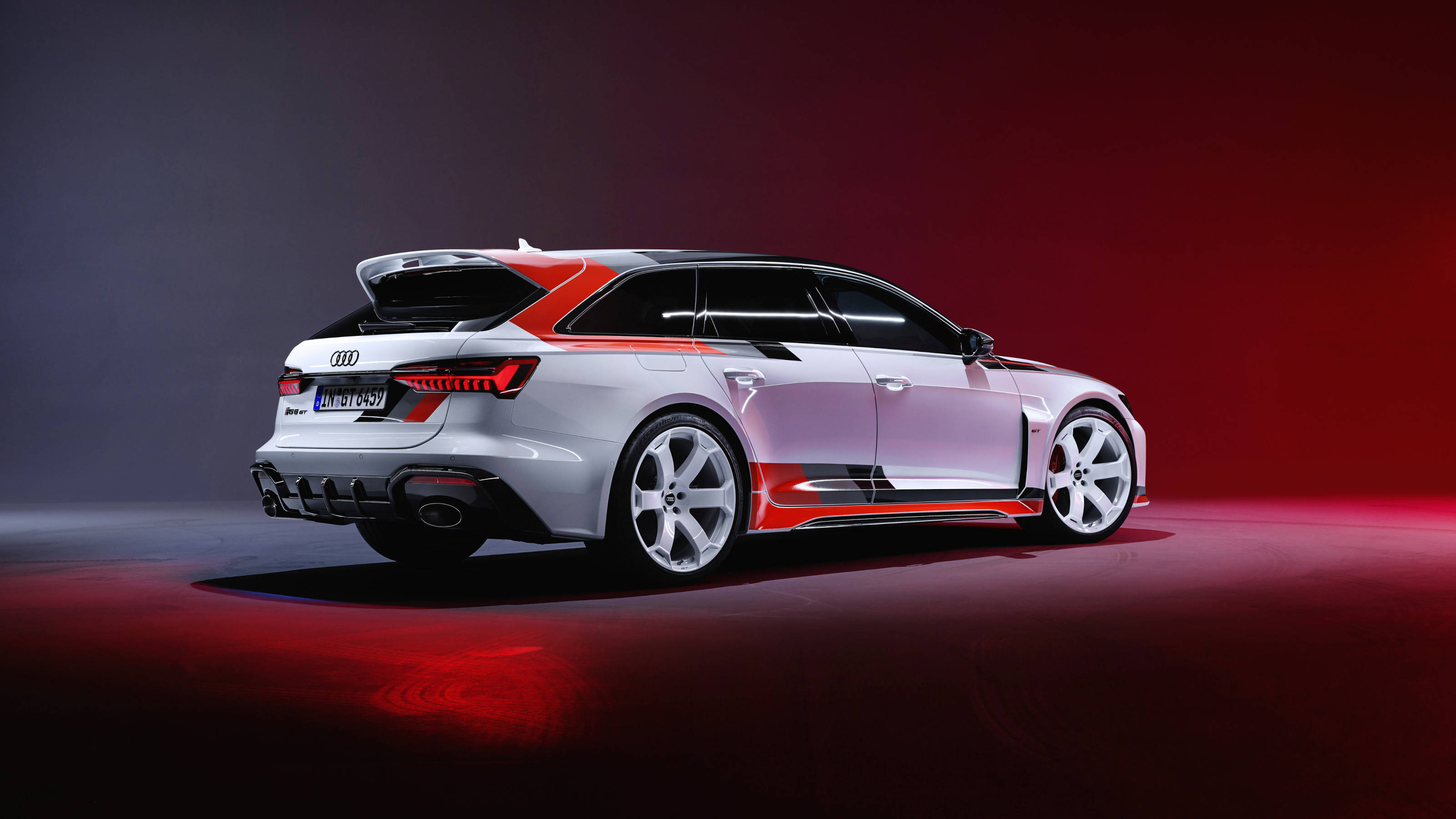 Audi RS6 Avant GT is an estate car that thinks it belongs on the track
Audi RS6 Avant GT is an estate car that thinks it belongs on the trackWith the Audi RS6 Avant GT limited-edition supercar, Audi Sport has gone all-out to create the ultimate hyper-estate
By Jonathan Bell
-
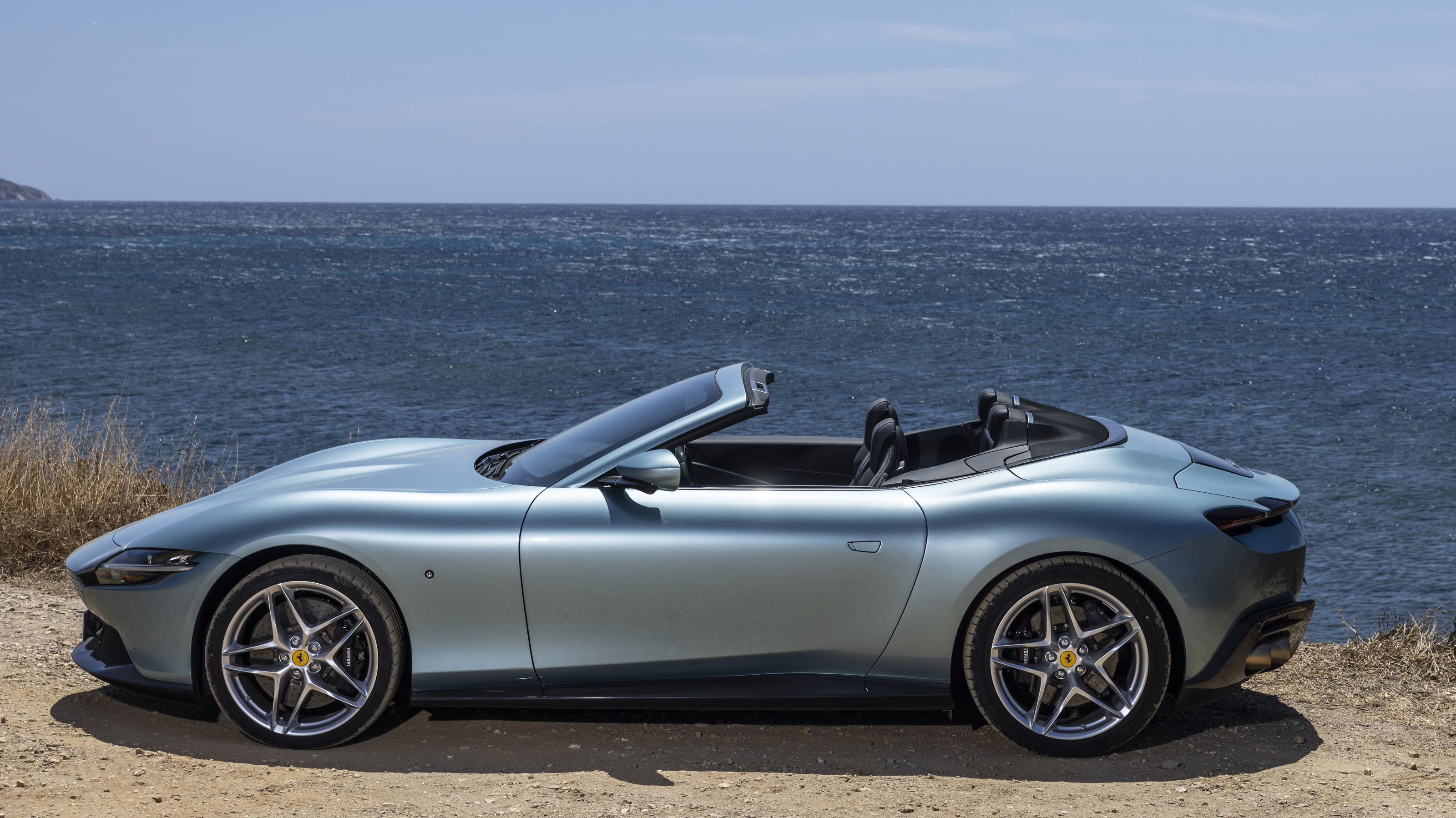 Year in review: the top 10 cars of 2023, as selected by Wallpaper’s Jonathan Bell
Year in review: the top 10 cars of 2023, as selected by Wallpaper’s Jonathan BellWhat were the best four-wheeled offerings of 2023? Transport editor Jonathan Bell takes us through the year’s most intriguing automobiles
By Jonathan Bell
-
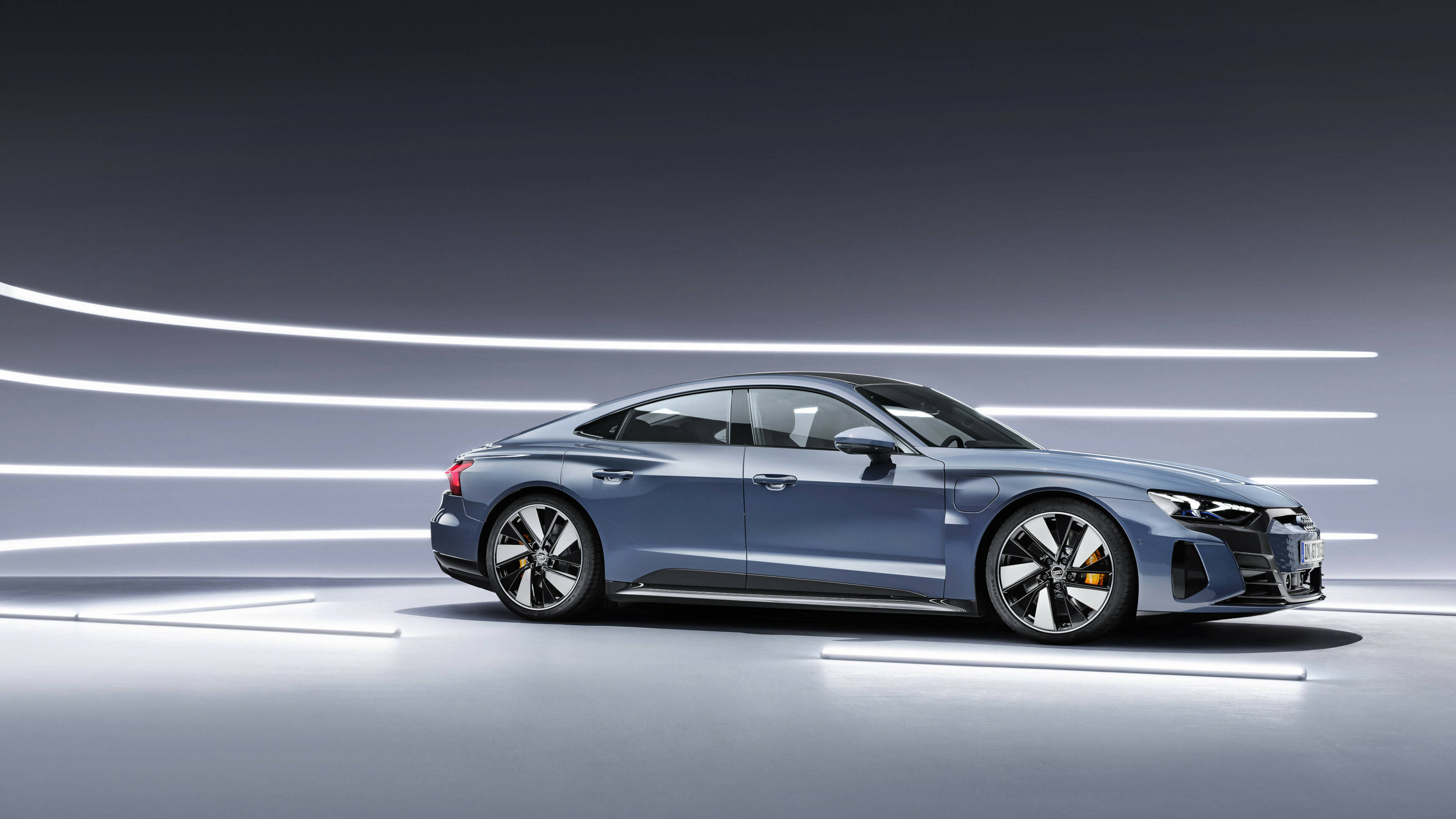 Audi e-tron GT quattro still pushes all the right buttons. But what happens next?
Audi e-tron GT quattro still pushes all the right buttons. But what happens next?Life behind the wheel of Audi’s elegant electric GT, plus a short history of the company’s e-tron series, from concept through to production
By Jonathan Bell